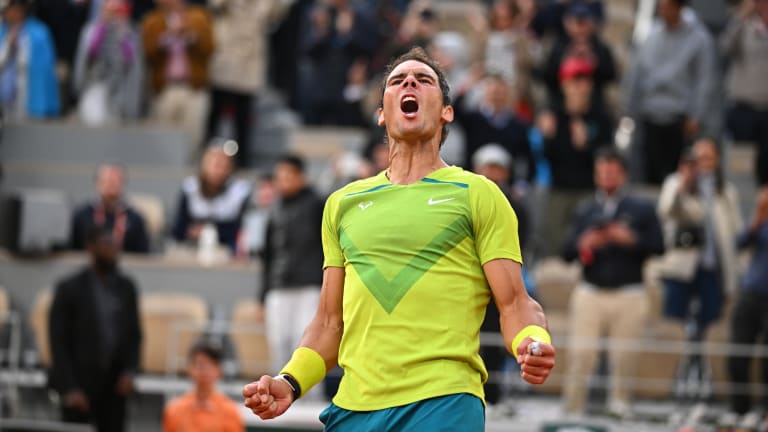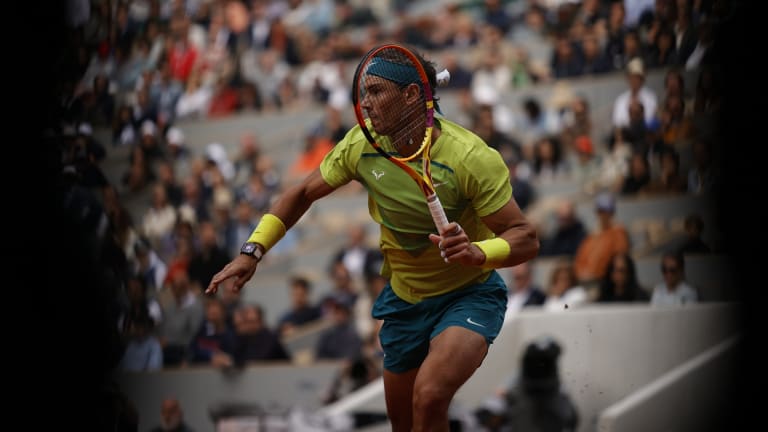Roland Garros
Playing “with the right dimensions”, Rafael Nadal found his best when most needed to meet Felix Auger-Aliassime's Roland Garros challenge
By May 29, 2022Roland Garros
French Open organizers introduce draw to access ticket sales
By Jan 07, 2025Roland Garros
Coaches Corner: Juan Carlos Ferrero proves essential to Carlos Alcaraz's Roland Garros success
By Jun 14, 2024Roland Garros
What’s next for Novak and Nadal? Four ATP storylines after the Paris fortnight
By Jun 10, 2024Roland Garros
Naomi’s resurgence, Iga on grass: Four WTA storylines after the Paris fortnight
By Jun 10, 2024Roland Garros
Carlos Alcaraz becomes the clay-court champion that he—and we—always knew was possible
By Jun 09, 2024Roland Garros
Coco Gauff wins first Grand Slam doubles title with Katerina Siniakova in dream team debut
By Jun 09, 2024Roland Garros
Coco Gauff is a Grand Slam champion in singles and doubles, exceeding her own expectations
By Jun 09, 2024Roland Garros
From Rafa to Iga: as one owner of Roland Garros departs, a new one has moved in
By Jun 08, 2024Roland Garros
Roland Garros men's final preview: Carlos Alcaraz vs. Alexander Zverev
By Jun 08, 2024Roland Garros
Playing “with the right dimensions”, Rafael Nadal found his best when most needed to meet Felix Auger-Aliassime's Roland Garros challenge
A rising star challenged an all-time great, and the all-time great responded by reminding us, again, why Rafa is who he is Sunday evening in Paris.
Published May 29, 2022
Advertising
Advertising

Nadal moved to 3-0 in deciding sets at the Paris major.
© Corinne Dubreuil / FFT
Advertising

The lefty was facing the Canadian for the first time in more than three years (2019 Madrid).
© Loic Wacziak / FFT